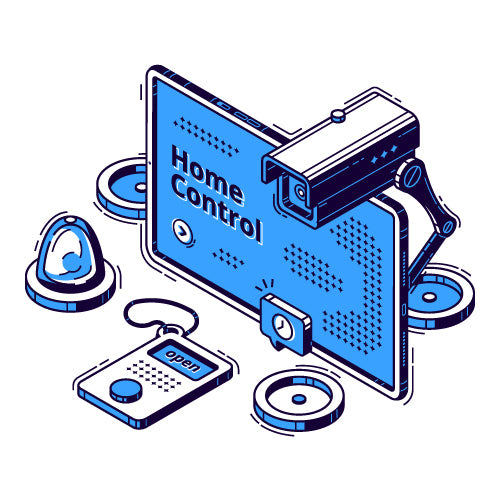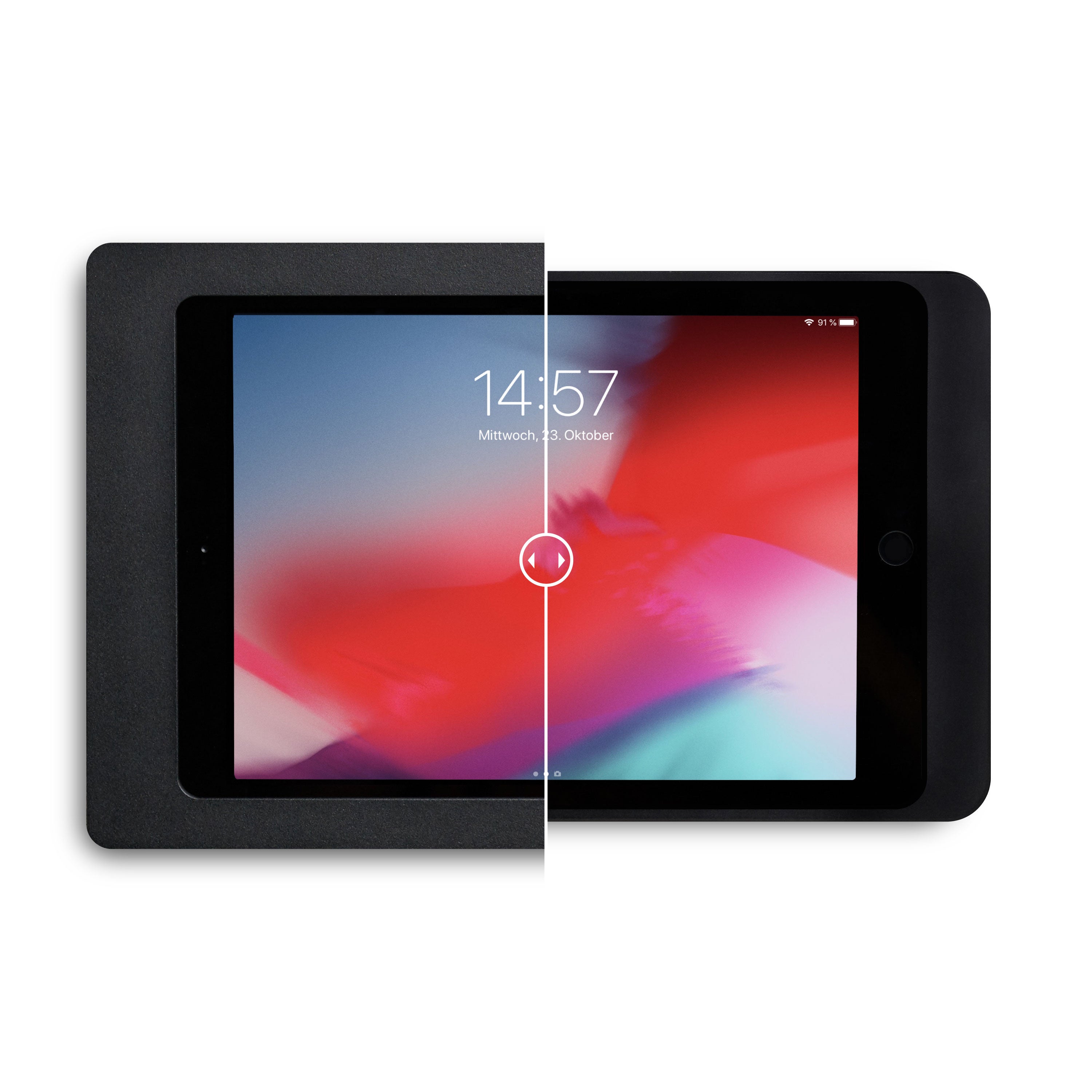Kitchen Debate as a smart home promoter
It is in the shadows of the cold war technology race that the first steps of home automation on an international scene took place. Within the scope of the Soviet Union Cultural Agreement, the American National Exhibition in Moscow, showcased the Miracle Kitchen by Whirlpool. In this futuristic kitchen, every device was supposed to be automated, connected and controlled electronically. Just as an example, imagine a dishwasher wandering through the kitchen and bringing the plates to the table or a self-propelled floor cleaner.
Nixon presented the Miracle Kitchen to Khrushchev saying, “It is like those in our houses in California”. According to New York Times transcripts, Khrushchev challenged the American president by asking, “And don’t you have a machine that puts food into the mouth and pushes it down?” In fact, a large part of the technology was too advanced and did not work properly or at all. It was discovered after years that the machines were steered by someone sitting behind the double mirror. Apparently, the technology was not mature enough. Six decades later, the technology is ready, but the question is: are the consumers ready?
Are the consumers ready for smart home technology?
What we know for sure is that a smart home is not a stranger anymore. Nonetheless, the opinions on smart homes are mixed. Many market research and consulting companies promise a boom of home automation— McKinsey, IDC, Berg Insight to name just a few. On the other hand, there are sceptical voices illuminating obstacles in the smart home adoption. According to Guidehouse Insights, the adoption in smart home technologies is still low. Despite clear benefits, such as a lower monthly energy bill due to smart thermostats, many consumers are not convinced about the relevance of the products. Consumers are overwhelmed by the plethora of products available, not to mention the integration options, platforms and technology upgrade cycles. This acts as an obstacle to home automation adoption.
Many houses already have smart home devices. But if, for example, lamps and security cameras are networked with services from Amazon, Apple and Google, they are often not compatible with each other. Here emerges another big obstacle. Lack of common standards. That means a lack of common language between the devices from different brands.
So is the technology really ready?
There is a need for more compatibility for smart home users. “Connected Home over IP” is a project that is going to solve that problem. By the end of 2019, Google announced that together with Apple and Amazon they had decided on one joint wireless IoT standard for home automation. Soon, we should be able to monitor and control almost every connected devices with any voice assistant. The new standard should be ready by the end of 2020.
After all, the fact that the standard will be there does not mean consumers will start to use the devices immediately. Many people, I count myself in that group, hesitate to engage with smart devices that are designed to follow and record the habits of their family. I am fine with my KNX smart home hub in my tablet wall mount.
Is the growth of smart home going to come?
The Miracle Kitchen is not a propaganda anymore. The technology seems to be ready. The smart home products offer clear benefits, and nowadays there seem to be lesser and lesser obstacles for them to function properly. The manufacturers only need to convince the consumers about their unique value proposition. Thus, the explosive growth in home automation is yet to come.





Leave a comment
This site is protected by hCaptcha and the hCaptcha Privacy Policy and Terms of Service apply.